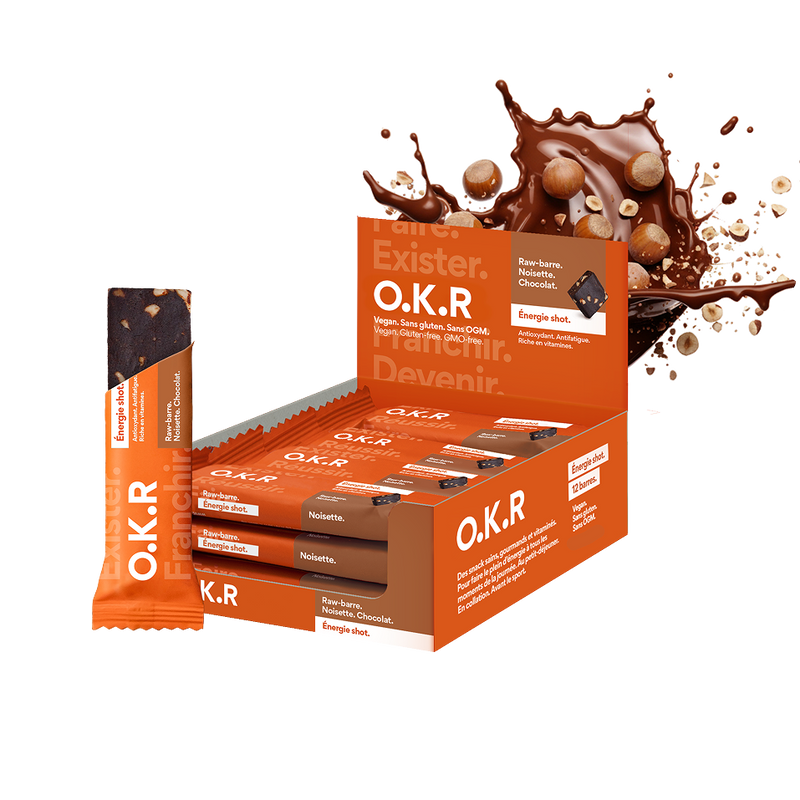Fight fatigue, boost the immune system, reduce stress, increase physical and cognitive performance? What if all this were possible thanks to a plant? Focus on ginseng, a root used for over 2,000 years in traditional Chinese medicine and whose benefits are recognized.
The benefits of Ginseng.
Properties recognized by the European Commission:
- Restore intellectual and physical capacities in case of fatigue and during convalescence
- Promotes memory performance
- Increases cognitive performance: stimulates alertness, improves concentration and coordination
- Supports physical and mental performance
Traditionally, this root is used to treat diabetes, to stimulate libido and the immune system, and as a tonic, particularly in the elderly.
The benefits of this root are based on these active ingredients: ginsenosides (from the saponin family), active substances in ginseng which give it its antioxidant and neuroprotective properties.
Adaptogenic plants.
What exactly is it? In 1947, it was Russian pharmacologist Nikolai Lazarev who introduced the concept of adaptogen, which characterizes "a pharmacological substance capable of inducing in an organism a state of increased non-specific resistance allowing it to counterbalance stress signals and adapt to exceptional exertion."
Three criteria, defined by Dr. Brekhman in 1968, allow us to characterize an adaptogen:
- Increases the body's resistance against aggressors of different nature (physical, chemical or biological) in a non-specific manner;
- Has a normalizing influence, regardless of changes from physiological norms;
- Shows absence of toxicity and influence on normal body functions.
The best known adaptogenic plant is of course ginseng, but we can also mention rhodiola, maca, echinacea, aloe vera and rosemary.
Botanical.
- There are several species of ginseng. The best known and richest in active ginsenoside molecules are: Asian ginseng (Panax ginseng) and American ginseng (Panax quinquefolium).
- We speak of white ginseng if the roots are 4 years old and only cleaned and dried.
- Red ginseng is considered to be a root that is at least six years old and has been heated and processed to improve the preservation of its active ingredients. Red ginseng contains the most ginsenosides.
- Ginseng is a herbaceous plant. It produces small white flowers that give rise to small red berries. Its root is used medicinally. This root has the particularity of evoking the shape of the human body.
History.
- The generic name Panax comes from the Greek words Pan, meaning "all," and Akos, meaning "to heal."
- The term ginseng comes from the Chinese words Gin, meaning "man," and Seng, meaning "essence."
- Ginseng has been used in traditional Chinese medicine for nearly 2,000 years. It is used as a general tonic for the body.
- It was Russian researcher Nikolai Lazarev who named the effects of ginseng, defining the "adaptogenic" nature of certain substances. He was commissioned by Stalin to find natural substances that would increase the physical endurance and intellectual abilities of his people.





















